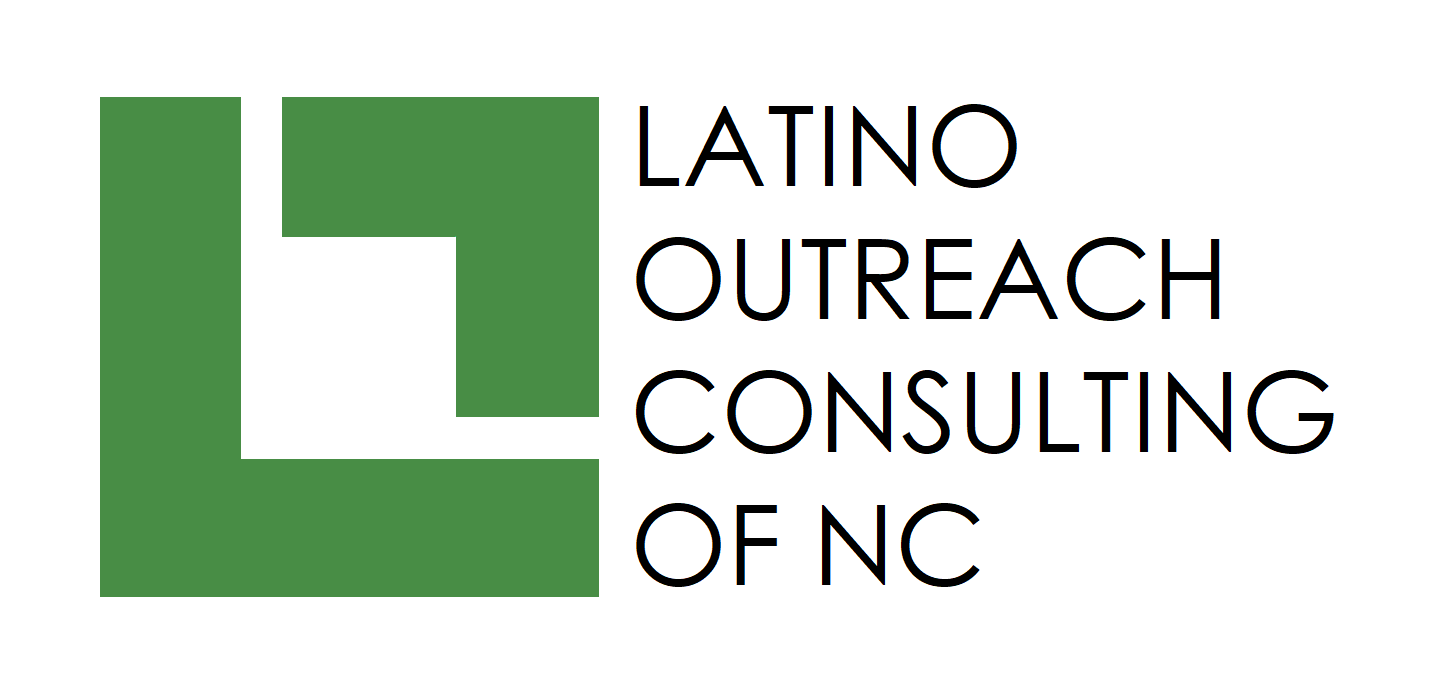Factor #2 in Title VI Compliance: Frequency of contact with LEP persons
Frequency of Contact with Limited English Proficient (LEP) persons
The frequency of contact with LEP persons will determine the type and depth of language assistance services needed in order to comply with Title VI of the Civil Rights Act of 1964, which requires agencies that receive federal funding to provide language assistance services.
The director of a local North Carolina county’s Council of the Aging stated that their agency currently does not have much contact with LEP persons who are eligible for their services, since the only eligible participants in their programs are senior citizens who are legal residents or citizens of the United States. This observation is most likely is true, as the Hispanic population in North Carolina is relatively young with an average age of 26 years.
Therefore, the frequency of contact with LEP persons eligible for the senior citizen programs in this particular county is extremely low, with perhaps one or two inquiries per year. In the case of this specific agency, the only real type of language assistance that is needed was the availability of some informational materials in Spanish and knowing how to contract an interpreter in case a Hispanic client ever required their service.
In contrast, a North Carolina social service agency that deals with maternal or child health will have a greater need of in-depth language assistance services in Spanish, as statistics show that the average Hispanic female living in North Carolina is young and of child-bearing age.
An agency of this type will most likely have to have several means of language assistance measures in place. It would not suffice to simply provide translated materials regarding their services in Spanish.
An agency with frequent, daily contact with LEP individuals will need to help their clients meaningfully access their services. This most likely would be accomplished by utilizing a combination of interpretation and translation: hiring staff interpreters, utilizing intake and evaluation forms in Spanish, and making sure initial points-of-contact can be made in Spanish.
However, it should be noted that while the current frequency of contact with LEP persons is the basis in determining the extent of language assistance services needed, an agency should still evaluate the potential frequency of contact with LEP persons.
In other words, if an agency that is required to abide by Title VI regulations has no minority outreach program in place, then research should be done whether implementing an outreach program would increase the frequency of contact with LEP persons.
We can help your agency conduct research to determine language assistance needs in your community, and help develop and appropriate and responsive language assistance plan.
